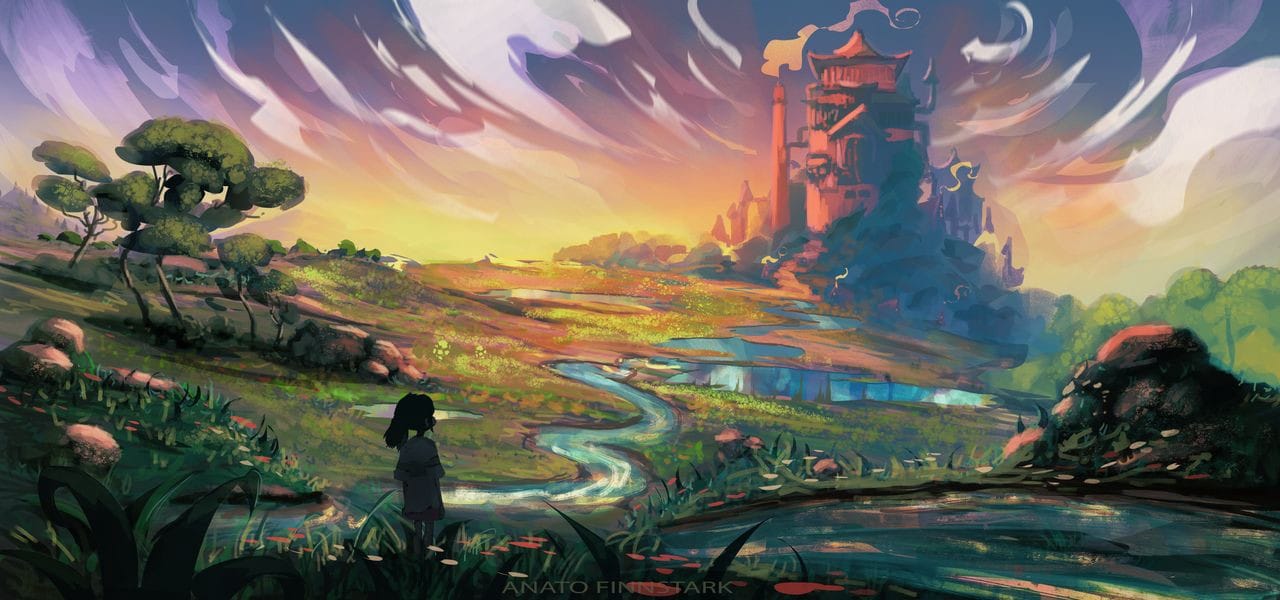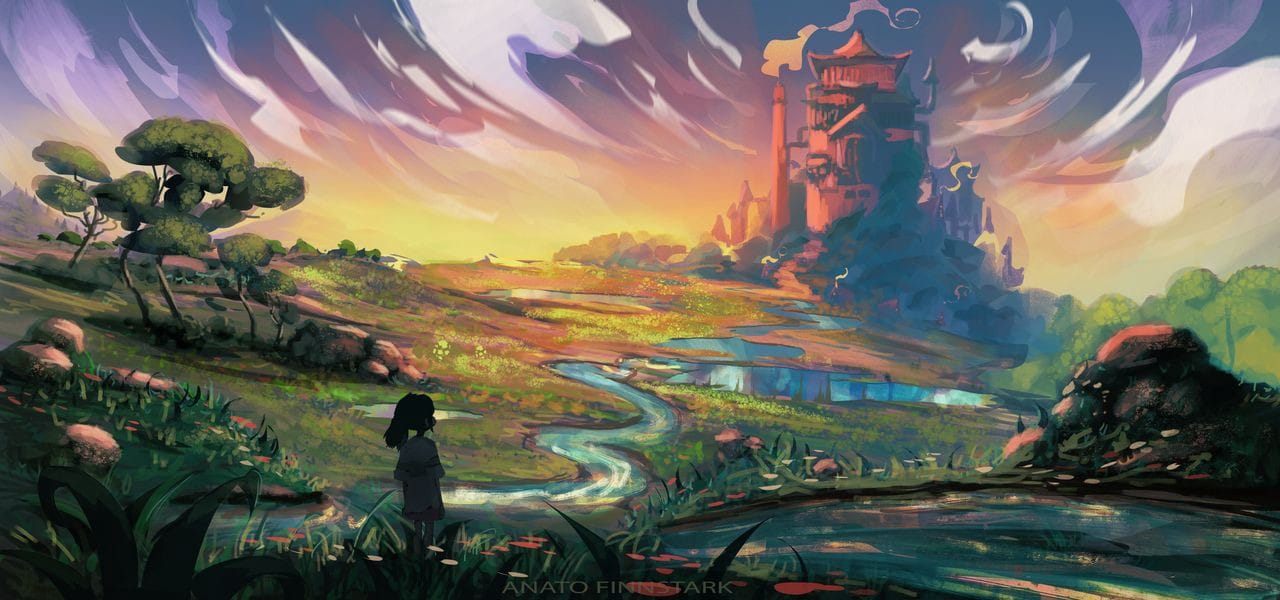Worldbuilding for the Story

Worldbuilding is a wonderful creative outlet. We build worlds to express ourselves. But not that alone. We could express ourselves through any other medium. Why choose worlds? Because we want a place to tell a story. Your worlds should serve your stories. And your stories should serve your players.

Worldbuilding as a Hobby
Worldbuilding itself is often a hobby for most seasoned Dungeon Masters. We write dozens (if not thousands) of pages of information on our fictional worlds. We define a geography, politics, trade, natural laws, holidays, inhabitants, species, and so much more. Sometimes we get lost in the process. We find ourselves off creating a character or village in a place nowhere near our game’s story. And that’s completely fine if it’s for us. But when we experience the magnetic pull of our creations in the story, it can cause problems.
I built this. So the characters should experience it.
We start to get excited about what we’ve created. We want to share it with others. I built this. So the characters should experience it. Right? Wrong. When worldbuilding as a hobby, we build a lot. Again, dozens (if not thousands) of pages of information. Most of this exists outside of the story of our D&D campaign. But what’s the point of all these wonderful creations if we can’t use them in the game? Here lies the problem. Now our “worldbuilding hobby” is encroaching on our sacred game space. We try to find ways to get our creations in our story. The world no longer serves the story, the story serves the world.
As a worldbuilder and Dungeon Master, this is a red flag for me. And I’m as guilty as anyone of doing it. When your story serves your world, the narrative you’re weaving at the table weakens. No longer does the story serve the players. By no means am I suggesting that your game will fall apart here. You can still use what I call DM’s Magic to make your world sort of serve your story. But let’s examine a new approach. I find it superior in delivering wondrous worlds and engaging stories.
Worldbuilding for Your Story
Let me reiterate. Your world serves your story. Your story serves your players. As needs for your story arise, your world should respond. The party decides that they want to set out, find a city, and start a business. You think, well they’re in luck! I have twenty cities, each better than the last! All with population counts, race breakdowns, defined districts and economies! That’s all well and good but we don’t need any of it yet. We need a city. A city where we can run a business Nothing more.
Let’s say they find their way to one of the cities you present them called Lycoria. It’s a bustling mining city. Plenty of opportunity for business and income. Even better, you’ve got some secrets in Lycoria waiting for them. The citizens are superstitious and despise magic. Long ago, a wizard ruled this city and after some incredibly involved lore…they ousted him. Moving on. The party arrives and buys a building. The first thing they want is to talk with an artificer. Great. We have two clear options here. First, to keep your city consistent with its history, they wouldn’t find one here. They’ll need to travel to another city. Second, you could get creative and try to squeeze one in. Again, DM Magic can make most anything work when it needs to.
Now, if we had built our world for our story, things might look like this. Once the party announced their intentions, you introduce them to Kettelia, a city by the sea. You have nothing more than a loose vision in your mind for what that city is. As they arrive, you describe colorful towers and the scent of the ocean breeze. They buy a building. Next, they want to talk to an artificer. They’re in luck! Citizens speak of “Ol Trellin”, a bearded orc artificer that rides his bike through the city square at noon each day.
It may not be clear yet why the second example is often better than the first. But these micro-creations in your world will serve your story and nothing more. They’ll provide a sense of wonder to you and your players. Your world will grow out of the story you’re telling at the table and it will become something more than a world built for a story could ever be.
The Unimportance of Why
You might have concerns about worldbuilding for your story. How do I create a believable and grounded world without details like the political landscape, economy, etc? I’m here to tell you that you need only create a thing when the story demands it. Let’s say Lycoria and Kettelia are at war. Part of the story is around creating a thriving business in the midst of a wartime economy. So when the party enters Kettelia, they see troops gathering at the gates to set off to war. Why are the two cities at war? Here’s the secret. It doesn’t matter. The story is about a business in the midst of a wartime economy, remember? You can tell that story without certain details of the war itself. We don’t even need to know where it’s happening, as long as its not in Kettelia.
The why is the most overrated aspect of worldbuilding. When you worldbuild for your story, you see it. Or rather, you don’t. Because often, you don’t need it. Let’s get back to “Ol Trellin” and his bicycle. Why does he ride a bicycle through the city square at noon each day? If you said, “we don’t need to know why” then you’re catching on. Leaving certain threads undefined can add a sense of wonder and mystery to your world. While it can be fun to flesh out these details, it distracts from the story we’re telling. If the party wants to find out, that’s different. Now they’re bringing it into their story. And remember, we ultimately serve the players.
As you start practicing this “soft worldbuilding,” you’ll realize the unimportance of why. You’ll also easily identify when the why does matter because the players will draw it into their story.
Summary
Your world serves your story. And your story serves your players. Build the world for and from the story itself. Lean in to the unimportance of why in worldbuilding.
